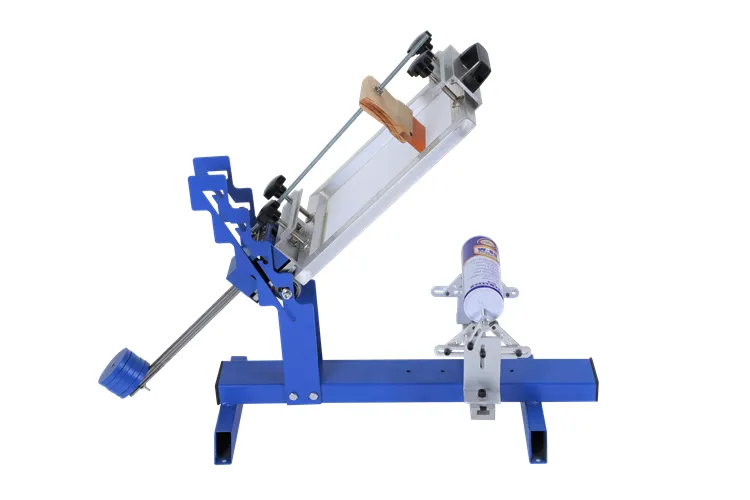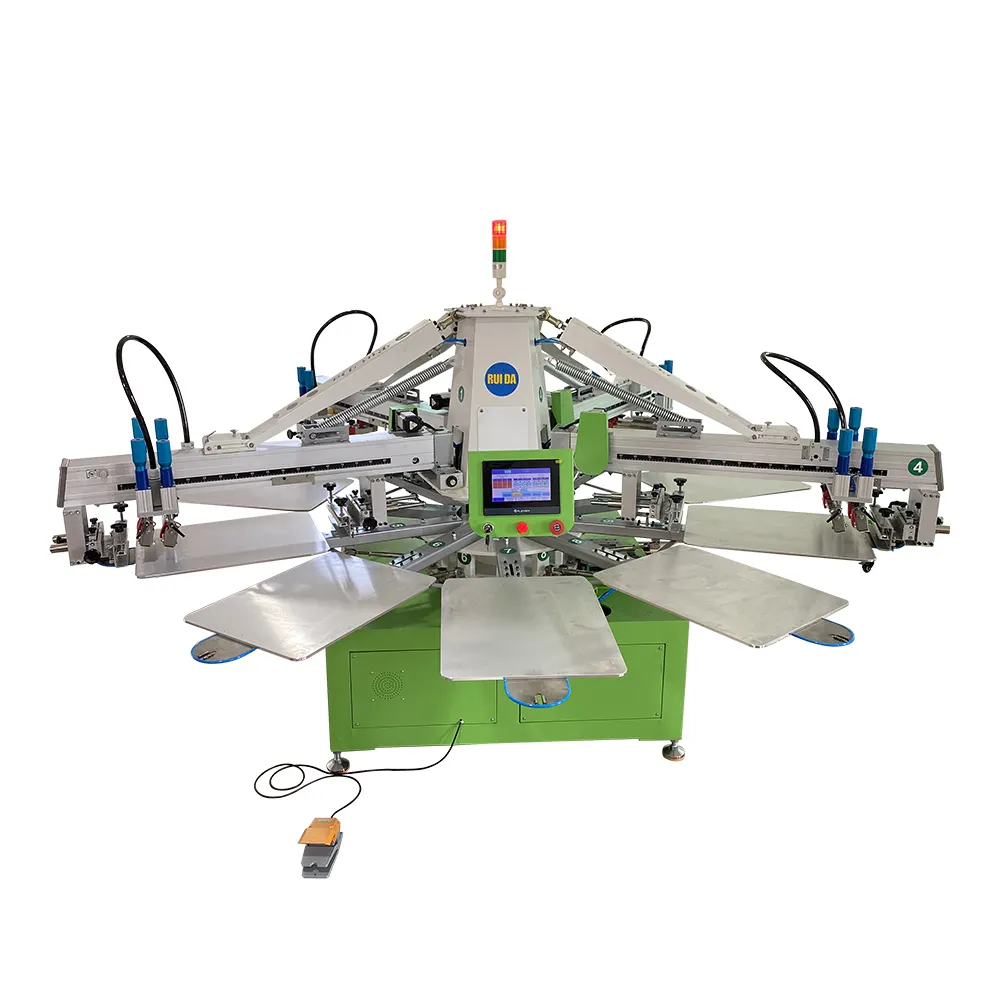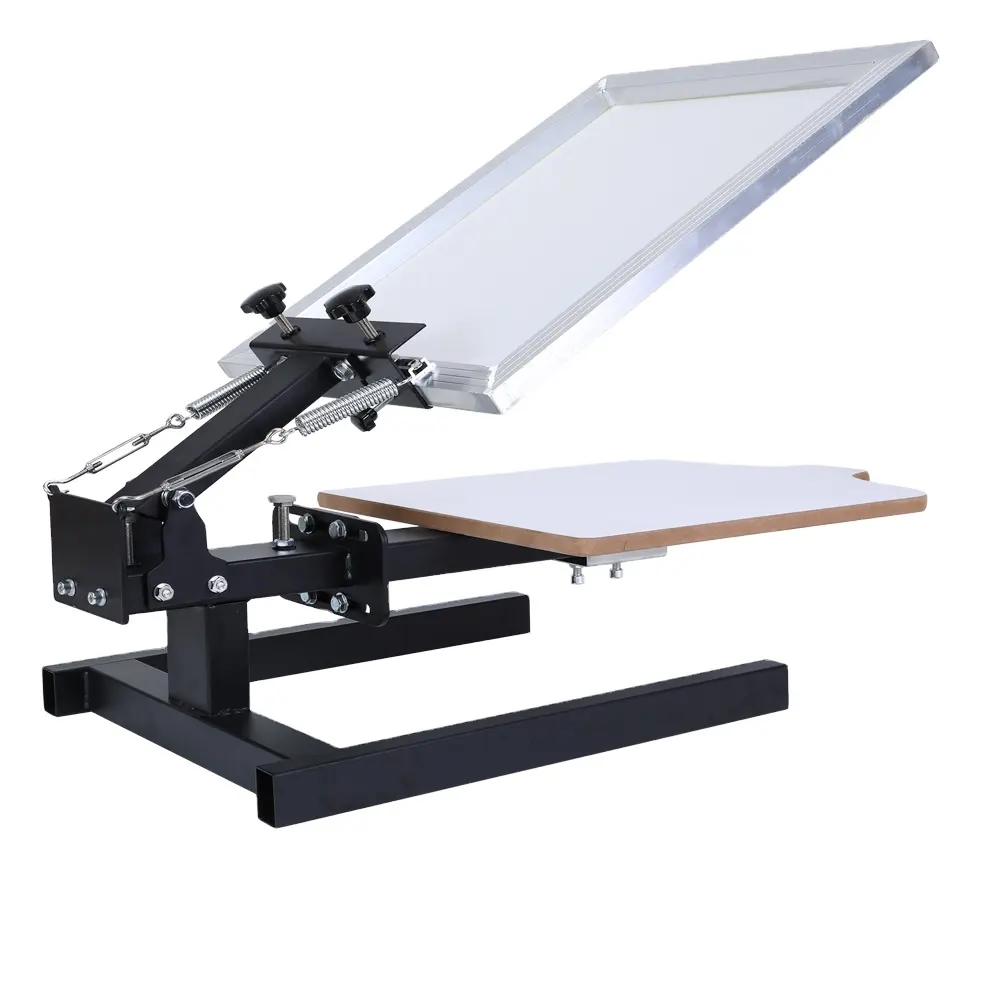large format screen printing
Large format screen printing represents a sophisticated printing technique that enables the reproduction of designs on expansive surfaces with remarkable precision and vibrancy. This versatile printing method employs a mesh-based stencil system where ink is transferred through a finely woven screen onto various substrates. The process begins with creating a stencil on a large mesh screen, typically constructed from polyester or nylon, which allows ink to pass through specific areas while blocking others. The technique accommodates printing dimensions that can extend several feet in both width and length, making it ideal for producing oversized graphics, banners, posters, and signage. Advanced squeegee systems ensure even ink distribution, while precision registration mechanisms maintain color accuracy across multiple passes. Modern large format screen printing equipment often incorporates automated features for consistent results, including programmable print cycles, adjustable pressure settings, and automated registration systems. This printing method excels in delivering solid color coverage, special effects, and durable prints that can withstand outdoor conditions. The technology supports various ink types, including UV-curable, solvent-based, and water-based options, allowing for application on diverse materials such as textiles, plastics, metals, and wood.


